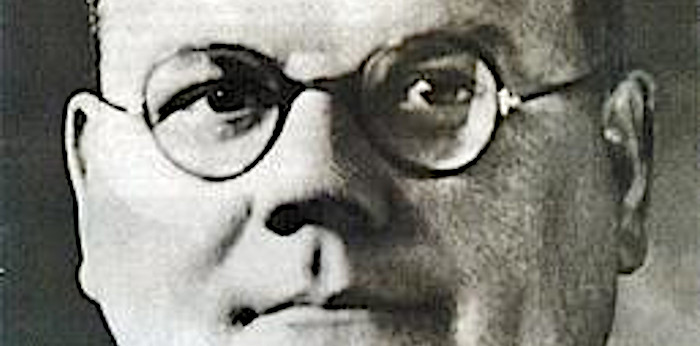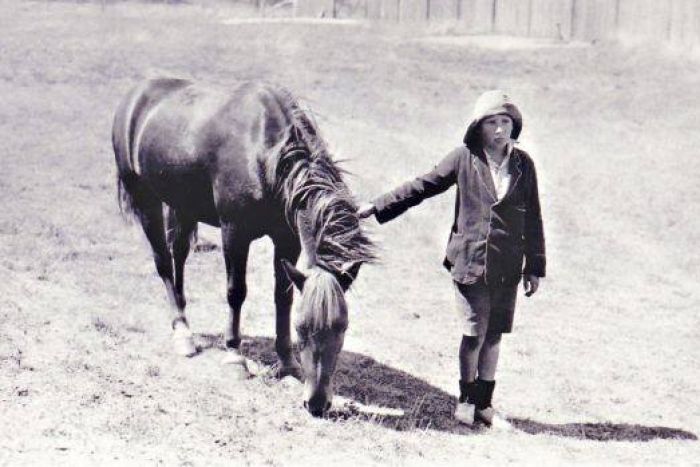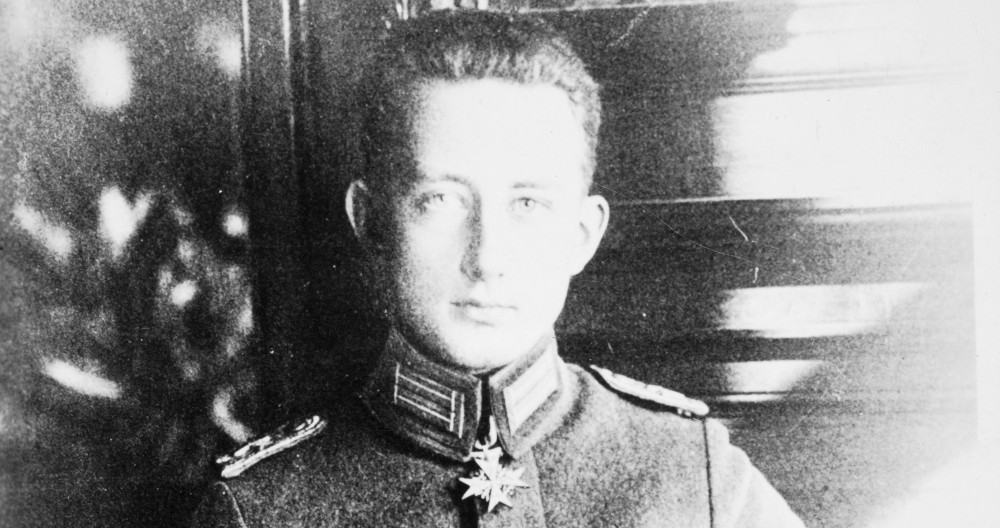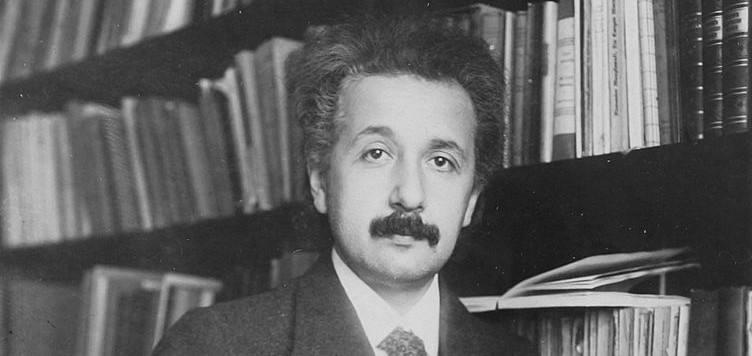
In 1957, 14 boys from Monterrey, Mexico, walked into Texas to take part in a game of Little League baseball. What followed surprised and inspired two nations. In this week’s episode of the Futility Closet podcast we’ll tell the story of the Monterrey Industrials and their unlikely path into baseball history.
We’ll also have dinner for one in Germany and puzzle over a deadly stick.







